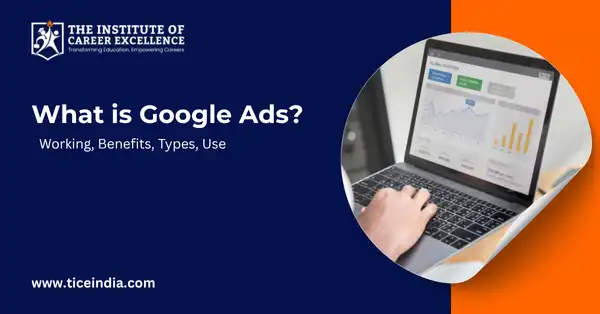
Posted On: August 04, 2025
What is Google Ads? Working, Benefits, Types, Use
Ever heard the phrase "If you build it, they will come"? Well, that might work in movies, but in the real world of business, having a great product or service isn't enough. You need to tell people where to find you—and that's exactly where Google Ads becomes your business's best friend.
Through my journey of helping countless businesses transform their marketing strategies and bridge the gap between academic knowledge and real-world applications, I've witnessed firsthand how Google Ads can completely change a company's trajectory. Whether you're a startup in Kolkata looking to make your mark or an established business aiming to expand your reach, understanding Google Ads is crucial for your digital marketing success.
What is Google Ads?
Google Ads is Google's online advertising platform that allows businesses to display ads across its extensive network, including Search, YouTube, and partner websites. Think of it as the world's largest digital billboard system, but one that's incredibly smart about showing your ad to the right person at the right time.
With Google earning almost $265 billion in ad revenue as recently as 2024 and being expected to make up 24.6% of the digital advertising market by 2025, it's clear that businesses worldwide recognise its value. Google holds a market share of more than 80 percent in a wide range of digital markets, making it an indispensable platform for advertisers.
At its core, Google Ads operates on a pay-per-click (PPC) model, meaning you only pay when someone actually clicks on your ad. This makes it one of the most cost-effective advertising methods available, especially when compared to traditional advertising channels.
The Power Behind Google Ads
What makes Google Ads so effective? It's all about intent. When someone searches for "digital marketing course in Kolkata," they're actively looking for that service. Unlike traditional advertising that interrupts people's activities, Google Ads connects you with potential customers who are already interested in what you offer.
Types of Google Ads
Google Ads isn't just one type of advertising—it's actually several powerful tools rolled into one platform. Let me break down the main types:
1. Search Ads
These are the text-based advertisements that appear at the top of Google SERP. When someone searches for keywords related to your business, your ad can appear above the organic search results. Search ads are perfect for capturing high-intent traffic—people who are actively looking for your products or services.
2. Display Ads
Display ads are visual banner advertisements that appear across Google's Display Network, which reaches over 90% of global internet users. These ads are excellent for building brand awareness and retargeting visitors who have previously interacted with your website.
3. Shopping Ads
If you sell products online, shopping ads are your best friend. These ads show your product images, prices, and store information directly in search results, making it easy for customers to compare and purchase.
4. YouTube Ads
With YouTube being the second-largest search engine after Google, YouTube ads offer incredible reach. You can create video ads, display ads, or overlay ads that appear before, during, or after YouTube videos.
5. Performance Max Campaigns
This is Google's newest campaign type that uses machine learning to optimise your ads across all Google properties automatically. It's particularly effective for businesses looking to maximise their reach with minimal manual management.
How Does Google Ads Work?
Understanding how Google Ads works is crucial for success. The process involves three key players: you (the advertiser), Google, and your potential customers.
The Auction System
Every time someone searches on Google, an auction takes place in milliseconds. Here's how it works:
- You bid on keywords: You tell Google which search terms you want your ads to appear for and how much you're willing to pay per click.
- Google evaluates your ad: Google doesn't just look at your bid amount. They also consider your ad quality, landing page experience, and expected click-through rate.
- Ad placement is determined: Based on your bid and quality score, Google determines if and where your ad appears.
- You pay for results: You only pay when someone clicks on your ad.
Quality Score Matters
Here's something many businesses don't realise: having the highest bid doesn't guarantee the top position. Google's Quality Score considers factors like
- Relevance of your ad to the search query
- Quality of your landing page
- Historical click-through rates
- Overall account performance
This system ensures users see relevant, high-quality ads while rewarding advertisers who create better experiences.
Key Benefits of Google Ads
After working with hundreds of businesses on their digital marketing strategies, I can confidently say that Google Ads offers unmatched advantages:
1. Immediate Results
Unlike SEO (Search Engine Optimisation), which can take months to show results, Google Ads can drive traffic to your website within hours of launch. This is particularly valuable for new businesses or time-sensitive promotions.
2. Precise Targeting
You can target customers based on:
- Geographic location (perfect for local businesses)
- Demographics (age, gender, income)
- Interests and behaviours
- Device type
- Time of day
- And much more
3. Measurable ROI
According to Google, businesses typically generate $2 in revenue for each $1 invested in Google Ads, giving an average return on investment (ROI) of 200%. This level of measurability is unprecedented in traditional advertising.
4. Budget Control
Whether you have ₹1,000 or ₹100,000 to spend monthly, Google Ads accommodates all budgets. You set daily limits, and Google never exceeds them.
5. Flexibility
You can pause, modify, or stop campaigns at any time. This flexibility allows you to respond quickly to market changes or business needs.
6. Competitive Intelligence
Google Ads provides insights into what your competitors are doing, helping you identify opportunities and gaps in the market.
Current Google Ads Performance Statistics
To give you a realistic picture of what to expect, here are the latest industry benchmarks:
The average conversion rate for Google Ads in 2025 across industries is 7.52%, which means approximately 7-8 out of every 100 clicks result in a desired action.
The average click-through rate (CTR) for Search Ads is 3.17%, while Google Display Ads have an average CTR of 0.46% across industries.
The average cost per click across all industries is $2.69 for search and $0.63 for display.
These numbers vary significantly by industry, but they provide a good baseline for planning your campaigns.
Getting Started with Google Ads
Starting with Google Ads might seem overwhelming, but breaking it down into steps makes it manageable:
1. Define Your Goals
Are you looking to increase website traffic, generate leads, boost sales, or build brand awareness? Your goals will determine your campaign strategy.
2. Understand Your Audience
Who are your ideal customers? What are they searching for? Grasping search intent is essential for choosing the most effective keywords.
3. Start with Search Campaigns
For beginners, I always recommend starting with Search campaigns. They're easier to understand and typically deliver the best results for most businesses.
4. Create Compelling Ad Copy
Your ads need to stand out from the competition. Focus on benefits, include a clear call to action, and make sure your ad matches what users are searching for.
5. Optimise Your Landing Pages
The page users land on after clicking your ad is crucial. It should be relevant, fast-loading, and designed to convert visitors into customers.
6. Monitor and Optimise
Google Ads success comes from continuous optimisation. Consistently analyze your performance data and refine your strategy based on the insights gained.
Common Mistakes to Avoid
Through my experience training professionals at a digital marketing institute in Kolkata, I've seen businesses make several common mistakes:
- Ignoring negative keywords: These prevent your ads from showing for irrelevant searches, saving you money.
- Poor landing page experience: If your landing page doesn't match your ad, visitors will leave immediately.
- Set-and-forget mentality: Successful Google Ads campaigns require ongoing attention and optimisation.
- Bidding on overly broad keywords: This often leads to irrelevant traffic and wasted spending.
- Not using ad extensions: These free additions to your ads can significantly improve performance.
The Future of Google Ads
The advertising landscape is constantly evolving, with artificial intelligence and machine learning playing increasingly important roles. Google's automated bidding strategies and responsive ads are becoming more sophisticated, making it easier for businesses to achieve their goals with less manual work.
However, this doesn't mean human expertise becomes less important. Understanding your market, crafting compelling messages, and making strategic decisions remain crucial for success. This is why many professionals are enrolling in a digital marketing course in Kolkata to stay updated with these evolving trends and master the nuances of platforms like Google Ads.
Conclusion
Google Ads represents one of the most powerful tools in modern digital marketing. Its ability to connect businesses with customers who are actively searching for their products or services is unmatched. With Shopping Ads alone driving 85.3% of all Google Ads clicks and 76.4% of US retail search ad spend, the platform's effectiveness is undeniable.
Whether you're looking to grow your business locally or expand globally, Google Ads provides the tools and reach you need. The key is understanding how to use these tools effectively and staying committed to continuous optimisation.
At TICE (The Institute of Career Excellence), we believe that mastering Google Ads is essential for anyone serious about digital marketing success. The combination of immediate results, precise targeting, and measurable ROI makes it an indispensable tool for businesses of all sizes.
Remember, success with Google Ads doesn't happen overnight, but with the right strategy, continuous learning, and persistent optimisation, it can transform your business's growth trajectory. The question isn't whether you should use Google Ads—it's how quickly you can start leveraging its power for your business success.
Tags
Latest Posts
-

Best Certification Courses After 12th for a Career in IT
-
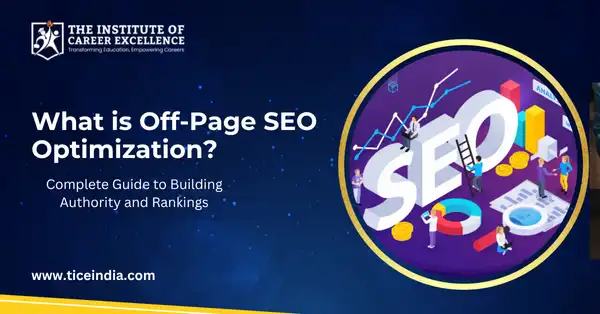
What is Off-Page SEO Optimization? Complete Guide to Building Authority and Rankings
-

What is On-Page SEO? Techniques, Factors, Elements
-
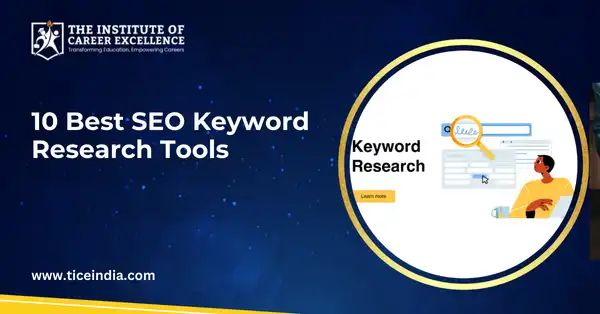
10 Best SEO Keyword Research Tools in 2025 (Free & Paid)
-
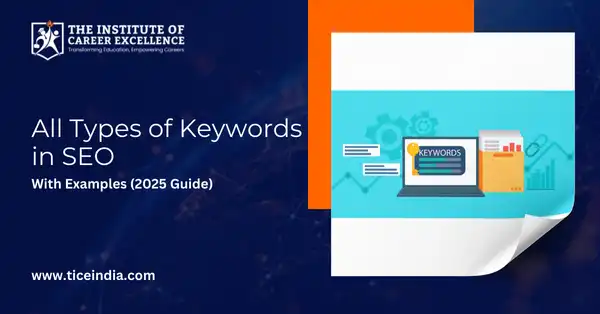
All Types of Keywords in SEO With Examples (2025 Guide)
Similar Posts
-

What is Off-Page SEO Optimization? Complete Guide to Building Authority and Rankings
-

What is On-Page SEO? Techniques, Factors, Elements
-

10 Best SEO Keyword Research Tools in 2025 (Free & Paid)
-

All Types of Keywords in SEO With Examples (2025 Guide)
-
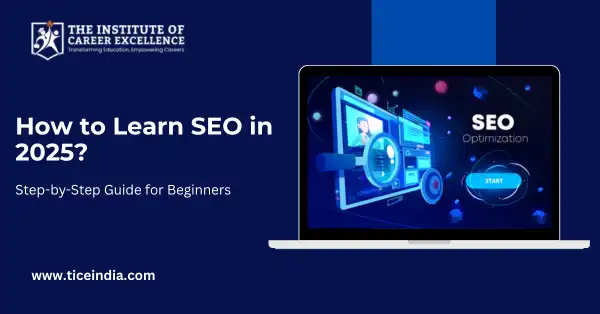
How to Learn SEO in 2025: Step-by-Step Guide for Beginners



